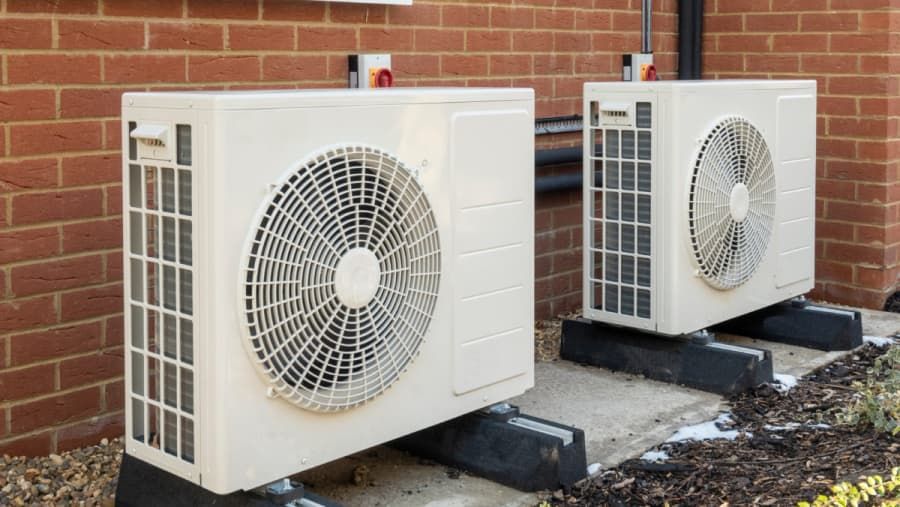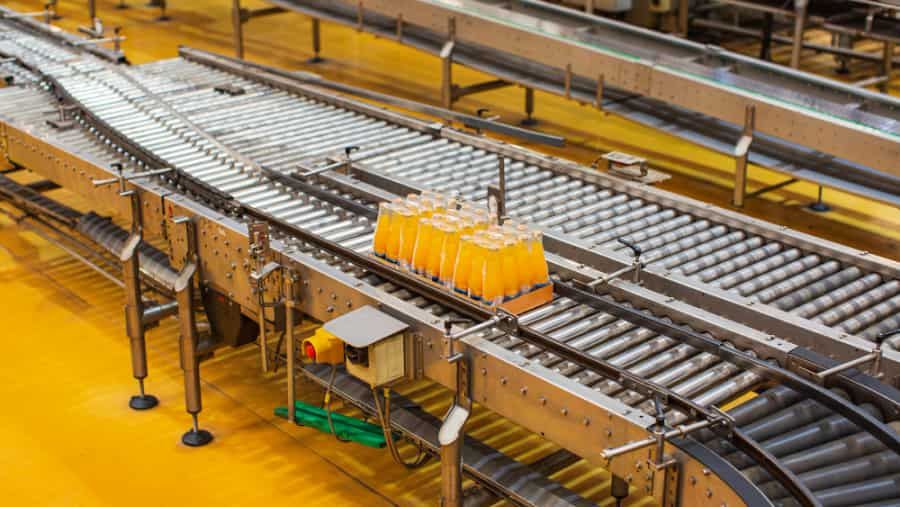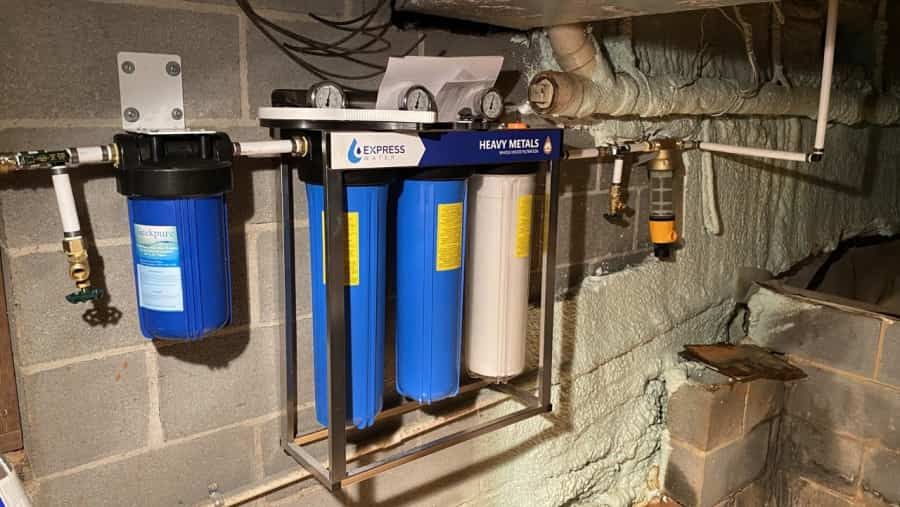Heat Pumps: A Wise Choice for Heating Old Buildings?
As society grapples with the pressing need to transition towards more sustainable and energy-efficient practices, the realm of heating for old-fashioned buildings has become a focal point for innovation. Let’s take a closer look here at heat pumps!

Many old buildings were constructed before modern heating and cooling systems became widely available. These buildings often rely on outdated and inefficient technologies like oil or gas boilers for heating. As energy costs rise and environmental concerns grow, building owners are looking for cleaner, greener options to heat their properties. Heat pumps have emerged as an appealing choice, but are they really suitable for older buildings? There are several factors to consider when deciding whether to install heat pumps in an old building.
First, one of the primary arguments in favor of heat pumps is their exceptional energy efficiency. Unlike traditional heating systems that rely on burning fossil fuels, heat pumps operate by transferring heat from the outside environment to the inside of a building, using electricity. This process is highly efficient, as it requires less energy input to produce the same amount of heat. For old-fashioned buildings, many of which have inefficient and outdated heating systems, the adoption of heat pumps can lead to significant reductions in energy consumption and, consequently, a lower environmental impact.
Second, while the initial cost of installing a heat pump system may be higher than upgrading existing conventional systems, the long-term savings can outweigh the upfront investment. Heat pumps are known for their cost-effectiveness in the sense that they can provide both heating and cooling, eliminating the need for separate systems. Additionally, their efficiency leads to lower energy bills, contributing to financial savings over time. For owners of old-fashioned buildings, where maintenance and operation costs of aging heating systems can be substantial, the economic benefits of heat pumps make them a compelling option.
Third, one concern in adopting modern heating technologies in old-fashioned buildings is the potential impact on their architectural integrity. These structures often have unique features and designs that contribute to their historical significance. The installation of visible heating and cooling equipment might clash with the aesthetics of these buildings. However, advancements in heat pump technology have led to more discreet and flexible installation options, minimizing the visual impact on historical structures. Preservationists and architects are increasingly finding ways to integrate heat pumps seamlessly into old-fashioned buildings, ensuring a harmonious coexistence of tradition and modernity.
Fourth, old-fashioned buildings come in diverse architectural styles and sizes, ranging from small cottages to large estates. The adaptability of heat pumps to various building structures is a crucial factor in determining their wisdom for heating these spaces. Fortunately, heat pump technology offers a range of options, including air source, ground source, and water source heat pumps, each suitable for different building types. This adaptability ensures that heat pumps can be customized to meet the specific heating needs of old-fashioned structures, making them a versatile choice for a wide range of architectural designs.
In conclusion, the adoption of heat pumps for heating old-fashioned buildings presents a compelling case, considering their efficiency, environmental impact, and adaptability. These systems offer a viable alternative to traditional heating methods, addressing the inefficiencies and environmental concerns associated with outdated building structures. However, it is crucial to approach the decision with a holistic perspective, considering factors such as the local energy mix and the specific requirements of each historic building.
As society continues to navigate the complexities of sustainable living, heat pumps emerge as a wise choice for old-fashioned building heating, embodying a synergy between modern technology and historical preservation. The transition to such innovative solutions not only enhances energy efficiency but also contributes to the broader goal of creating a more sustainable and resilient built environment for future generations.
Guess you like
-

Top Mexican Conveyor Maintenance Services: Ensuring Efficiency and Longevity
-

Pest Control Protects Your Home
-

Free Government Phone Stand Located Nearby
-

Elektrofahrzeuge: Eine bequeme und wirtschaftliche Wahl für ältere Fahrer
-

Tips for Old People to Find Jobs
-

Whole House Water Softener and Filtration Systems: An Overall Introduction



